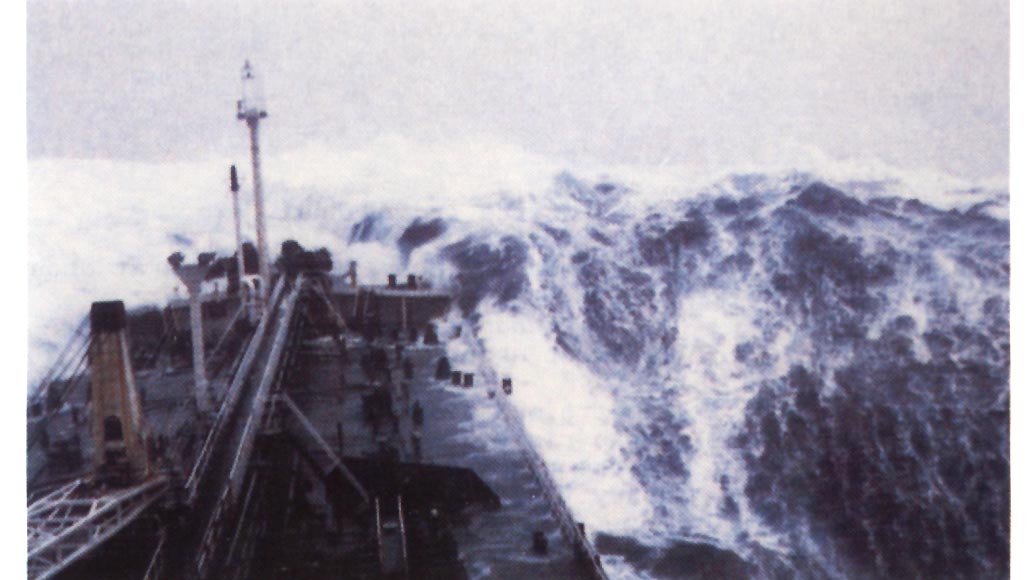There are several different conditions of damage control readiness. Let’s take them from “least ready” to “most ready” and then tack on an exception.
Damage control conditions are identified by a letter. The letters are pronounced using the World War II phonetic alphabet. Damage control fillings are those openings between compartments and decks, other than piping systems.
If the ship is in a condition that requires a certain class of fitting to be closed and you need to open it, you must obtain permission and enter the exception into the Damage Control Log. The DC Log is kept in Damage Control Central at all times underway and during working hours in port. If there is no DCC watch in port, after working hours, the DC Log will be kept on the Quarterdeck.
CONDITION X-RAY: X-Ray fittings are always closed. All other fittings may be open and closed at will.
CONDITION YOKE: Yoke and X-Ray fittings are closed. This is the condition that is set in-port after working hours. Condition Yoke is generally set at-sea, but on a calm day, the ship may downgrade to Condition X-Ray to facilitate getting work done.
CONDITION DOG ZEBRA: Dog Zebra fittings are identified by a red “D” surrounding a black “Z”. Dog Zebra fittings are closed during Condition Zebra and also at sunset when the word is passed to “Set `Darken Ship’,” which is set while the ship is underway. You should not see any light emanating from a warship that is underway at night, other than the required navigation lights (this does not apply to aircraft carriers, which are lit up like a Vegas casino). Dog Zebra is set during Condition Yoke, obviously, they would be closed anyway during Condition Zebra.
CONDITION ZEBRA: Almost all fittings on the ship are closed. Condition Zebra is set during battle stations. Besides doors and hatches, wastewater drain lines are closed.
CONDITION CIRCLE WILLIAM: Circle William is only set during an alert against an attack by nuclear, biological and chemical weapons. Circle William is generally only set at battle stations. All air vents into the ship are closed. On a steam ship, you do not want to do this for very long, as the air temperatures in the firerooms will approach 140degF.
CONDITION WILLIAM: William fittings are always left open unless there is a specific need to shut one. These are things such as the seawater intakes and discharges to the condensers, the seawater intakes to the firepumps and the evaporators and the air intakes to the boilers.
The exception is fittings marked with a letter with a circle; Circle X-Ray and so on. You may open a circle fitting, pass through it, and then close it without permission. Hatches are generally Zebra fittings; the scuttles set into the hatches are generally Circle X-Ray fittings. The pass-through scuttles in the gun magazines, where powder and projectiles are passed from the magazines to the handling room are generally Circle X-Ray. Most such fittings are marked Circle X-Ray, a few interior watertight doors may be Circle Zebra, but those are rare and are usually located in the superstructure.
Testing, Testing, 1 ... 2 ... 3 ... Testing, Testing
16 hours ago





